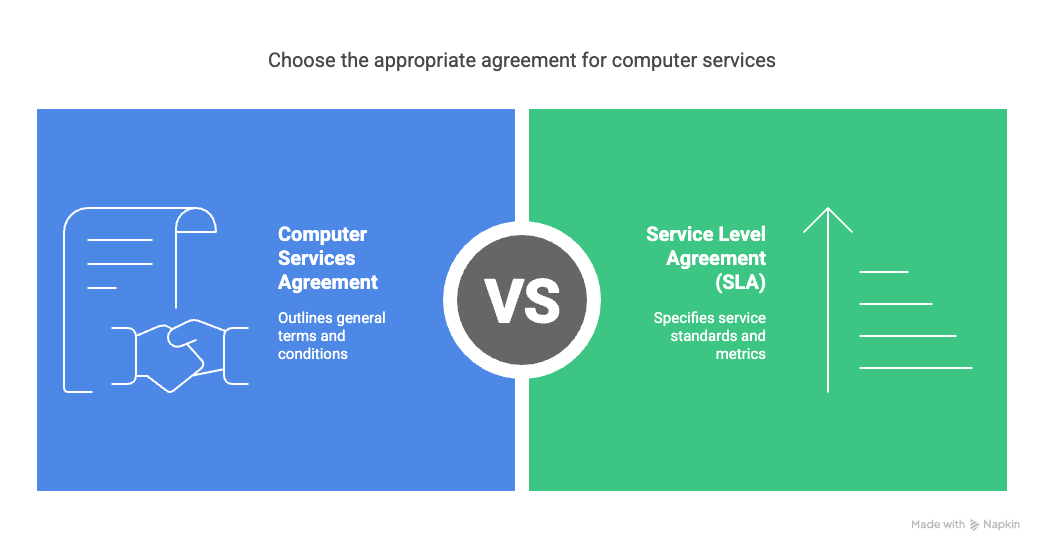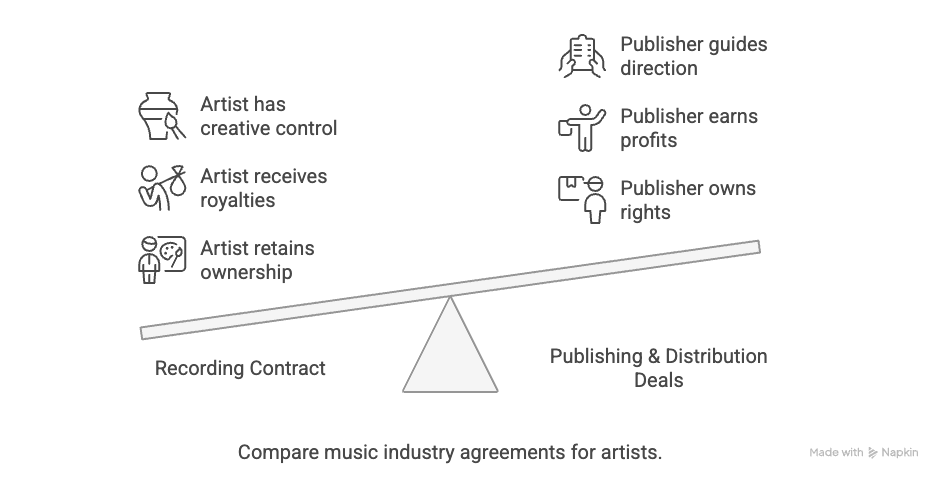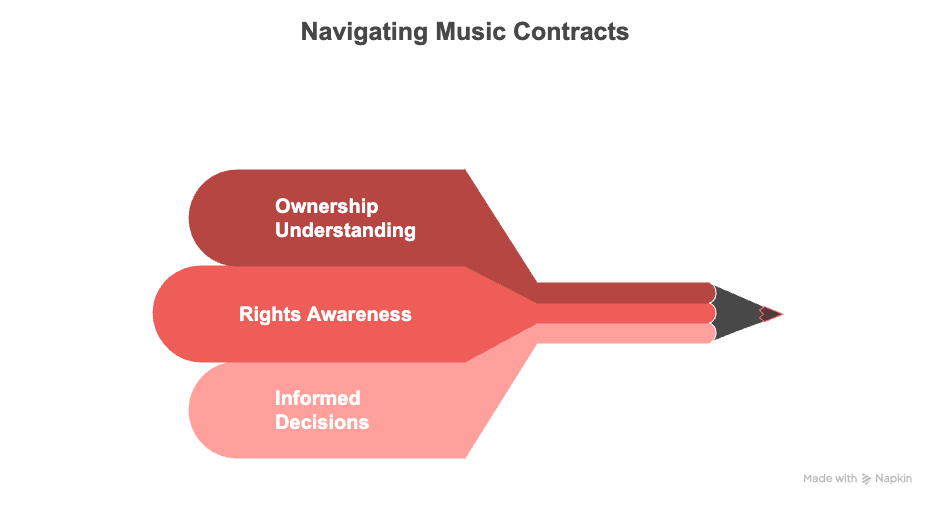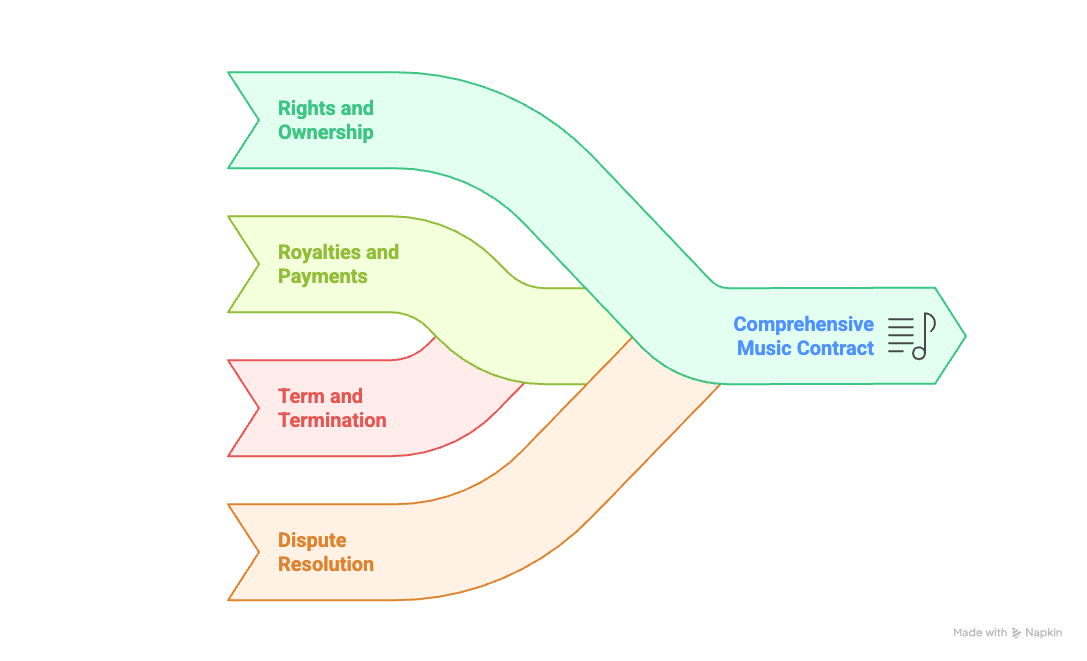
Computer Service Agreement Vs. Service Level Agreement (sla)
Last Updated on May 10, 2025
If you're hiring or providing IT services, you've probably come across both a Computer Services Agreement (CSA) and a Service Level Agreement (SLA). While these documents are often related, they serve very different purposes. Understanding the distinction between the two is essential to protecting your business, managing expectations, and ensuring legal enforceability.
What Is a Computer Services Agreement?
A Computer Services Agreement is a contract between a service provider and a client that defines the terms under which IT services will be delivered. It typically includes:
- Scope of services
- Payment terms
- Duration and renewal
- Confidentiality and IP clauses
- Termination conditions
- Dispute resolution and legal jurisdiction
It acts as the legal backbone of your service relationship and ensures both parties understand their rights and responsibilities.
What Is a Service Level Agreement (SLA)?
A Service Level Agreement (SLA) defines the performance standards and metrics that must be met by the IT service provider. It typically includes:
- Uptime guarantees (e.g., 99.9% monthly uptime)
- Response and resolution time targets
- Availability hours (e.g., 9–5 support or 24/7)
- Penalties or credits for missed targets
An SLA is often a schedule or appendix to a CSA, not a standalone contract. It's more operational than legal.
Key Differences Between CSA and SLA
FeatureComputer Services Agreement (CSA)Service Level Agreement (SLA)PurposeLegal contract outlining the relationshipOperational performance documentIncludes payment and legal terms?YesNoDefines service performance metrics?Not in detailYes, in detailStandalone document?YesUsually part of CSA or MSAEnforceable in court?YesUsually through the CSAWhy You Need Both for Effective IT Contracting
Using both documents ensures clarity and accountability. The CSA defines the business relationship and legal obligations, while the SLA defines what "good service" looks like. For example:
- A CSA might say you're paying $2,000/month for IT services.
- The SLA will say what you get for that money—e.g., 24-hour response time and 99.9% uptime.
Without an SLA, the client may have unrealistic expectations. Without a CSA, you may lack legal grounds to resolve disputes or enforce payment.
Which One Should Come First?
Always start with the CSA. It provides the legal structure. Once that’s in place, use the SLA to spell out specific service expectations. Think of the CSA as the contract and the SLA as the scorecard.
Download Free Template
Need help drafting both? Download our free Computer Services Agreement and SLA templates designed for IT service providers, MSPs, and small businesses.
Download the Free Computer Services Agreement Template
Ready to apply what you've learned? Get instant access to the Computer Services Agreement PDF - free, editable, and built for Canadian businesses. No sign-up required.
Frequently Asked Questions
Answers to common questions about Computer Service Agreement Vs. Service Level Agreement (sla).
Can I use an SLA without a CSA?
You can, but it's risky. An SLA without a CSA lacks enforceability in most cases.
Is an SLA legally binding?
Not by itself. It becomes enforceable when it's part of or referenced in a CSA.
What happens if SLA targets are missed?
Typically, the SLA includes service credits or other remedies. These only apply if detailed clearly and backed by a CSA.
Do I need separate documents or can they be combined?
Many providers include the SLA as a schedule in the CSA. Just make sure it's referenced clearly.
Who is responsible for drafting the SLA?
Typically, the service provider drafts the SLA, but the client should review it carefully and negotiate any metrics or remedies before signing.
What industries rely most on SLAs and CSAs?
Any industry that uses outsourced IT - especially finance, healthcare, SaaS, and eCommerce - should use both to mitigate risk and define performance.
Can an SLA change after the CSA is signed?
Yes, but both parties must agree in writing. Use an addendum or update the schedule within the CSA to reflect the change.
Explore More in Creative Digital Contracts
Discover curated templates in Creative Digital Contracts to help your business stay compliant and efficient.


